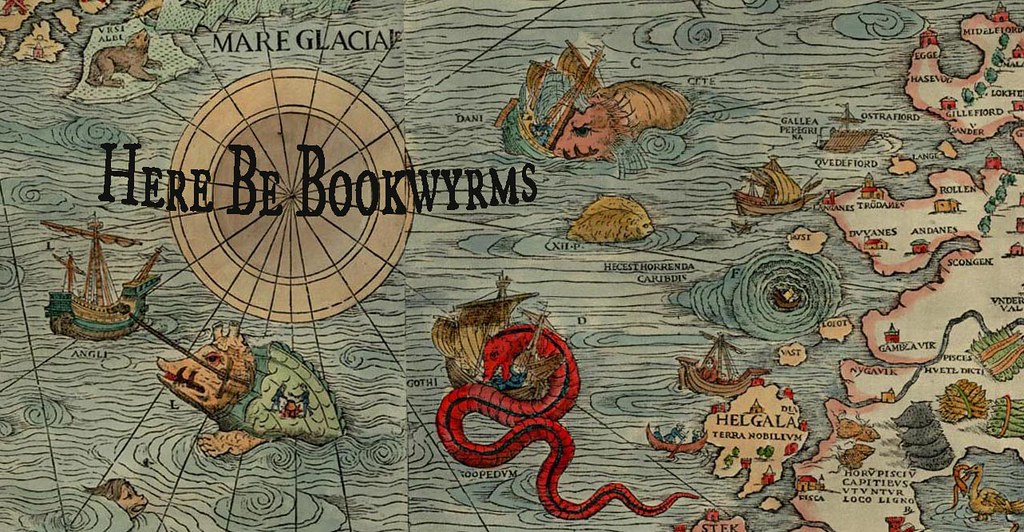The Secret of the Old Clock is the first book in the iconic Nancy Drew Mystery Stories, written by various authors under the pseudonym Carolyn Keene. Nancy Drew has been a favorite of girls for decades, and her popularity has remained strong to this day, as is evidenced by the many revivals of book series, film adaptations, and even video games. I even just found out that there is an annual Nancy Drew convention! You can bet your ass that is a convention I would cosplay at, like...24/7.
Anyway. So the point here is that I'm sure Nancy Drew needs no introduction, and maybe it's as "pointless" to review books from this franchise as it is to review such modern-day classics as Harry Potter. But here it is.
Nancy Drew is an 18-year-old (or 16-year-old, depending on how old your edition is) girl in the midwestern USA and the only child of star lawyer, Carson Drew. They live in the small-ish town of River Heights, with their housekeeper, Hannah Gruen. Nancy's mother passed away when Nancy was still very young, and Hannah became like a mother to her. I haven't read any of these books (except for The Secret of the Old Clock, of course) for years, but I seem to remember Hannah not doing much besides cook. But that is beside the point. Nancy is pretty and bright, with a strong sense of personal responsibility and an unswerving sense of right and wrong. She is quick-thinking and a little sassy, but always friendly and willing to lend a hand wherever one might be needed. Nancy might get herself into situations at times where you, the reader, are thinking to yourself "what in the hell were you thinking, Nancy Drew, don't you know any better???" But she never panics - she talks herself calmly and rationally through any predicament, and finds a way out. A stark contrast to many other female characters of her time, Nancy Drew does not need a man to save her. HELL no. She puts on her fabulous outfits and gets in her fancy convertible and she gets shit done. I mean, in the first chapter of Secret of the Old Clock alone, Nancy SAVES A CHILD'S LIFE.
And the action and suspense just picks up momentum from there. I mean, yeah, this book was written originally in 1930, then revamped in 1959, so it is a little tame and predictable, and Nancy has some very Mary Sue-like qualities about her, in that she is basically Perfection Incarnate. She is caring and thoughtful and makes fast friends with everyone (except thieves and rude people, of course, in which case WATCH OUT because she will drive down the highway or across town to report you to the police or the state troopers, even if it means she might be a little late for dinner). She is beautiful and always very fashionably dressed. She always knows just what to do in any situation, and always comes out on top. And even though she is so awesome and everyone always acknowledges how freaking awesome she is, she is always very modest about it.
Regardless, Nancy Drew is an excellent role model for young girls, because even though she does exhibit all these ideally feminine qualities, she has a brilliant and rational mind and is not afraid to speak her mind when necessary. She has a lot of good sense, and is an overall genuinely nice person.


